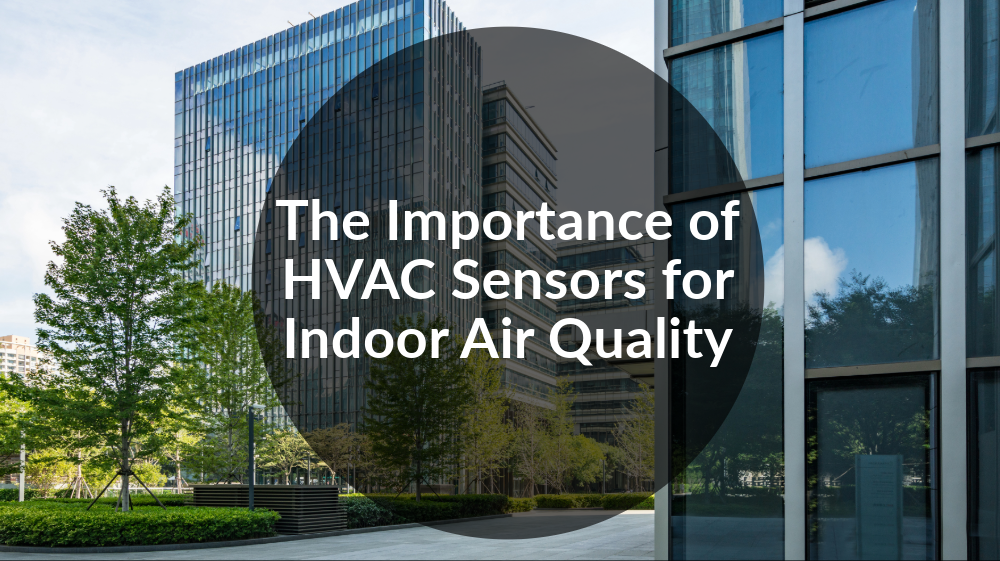Understanding the Importance of HVAC Sensors for Indoor Air Quality

The Critical Role of HVAC Sensors in Maintaining Indoor Air Quality
Ensuring optimal indoor air quality (IAQ) is essential, especially since HVAC sensors are crucial components that enhance system performance and guarantee occupant health, safety, comfort, and productivity. Let's explore different types of HVAC sensors and their importance in maintaining high IAQ and building efficiency.
Pressure Sensors: Ensuring Optimal Performance
Pressure sensors monitor pressure levels in specific zones and measure pressure drops across filters and other devices, signaling when maintenance is required. Accurate pressure measurement is vital for optimal HVAC system performance. These sensors provide precise measurements of pressure, differential pressure, and velocity in air and water applications. They are used in various applications including VAV control, static duct pressure, clogged filter detection, HVAC transmitters, and indoor air quality monitoring systems.
Temperature Sensors: Balancing Comfort and Energy Efficiency
Temperature sensors measure air and water temperature to adjust heating and cooling systems. By preventing energy waste and ensuring accurate temperature readings, these sensors are essential for maintaining building comfort and energy efficiency. They are designed for easy installation and compatibility with all building automation systems (BAS).
Humidity Sensors: Protecting Occupants and Infrastructure
Controlling humidity in buildings is critical for occupant comfort, safety, and protecting building infrastructure, production processes, stored goods, and artwork. Combined temperature and humidity sensors provide a flexible and cost-effective solution. Humidity control typically involves adding clean steam to the airstream to maintain desired humidity levels. Capacitive technology (CMOS) sensors are recommended for better accuracy and reliability. These sensors help buildings meet ASHRAE 62.1 standards, limiting indoor humidity to a maximum dew point of 60°F.Indoor Air Quality (IAQ) Sensors: Reducing Virus Transmission
IAQ sensors measure various factors affecting indoor air quality to reduce virus transmission via HVAC systems. With new ASHRAE guidelines, enhancing IAQ through increased ventilation, improved filtration, and air cleaning is crucial. These sensors provide occupant comfort and safety while maximizing energy efficiency.Occupancy Sensors: Enhancing Energy Efficiency
Indoor occupancy sensors measure motion and light to optimize energy efficiency. By integrating with building management systems (BMS), they adjust temperature and lighting based on occupancy. These sensors are ideal for high-traffic or isolated areas such as entrances, hallways, and offices.
Ensure your HVAC system is optimized for peak performance and indoor air quality. Learn more about how these essential sensors can improve your building’s efficiency and occupant comfort today.

